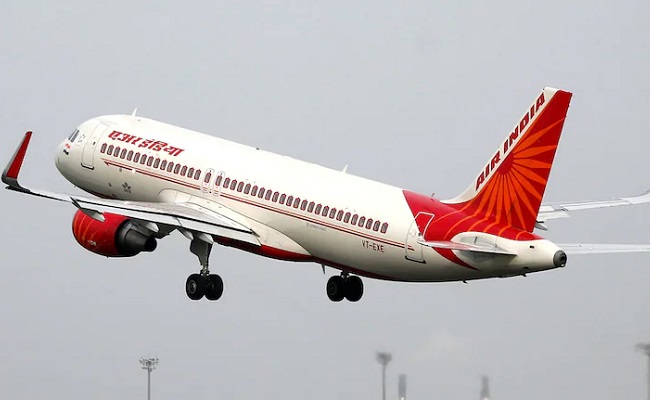
The recent Air India tragedy involving a London-bound Boeing 787-8 Dreamliner that crashed shortly after take-off from Ahmedabad, killing 241 passengers, has unexpectedly led to a surge in demand for seats near emergency exits.
Remarkably, one passenger, Viswashkumar Ramesh, who was seated in 11A — located next to an emergency exit — survived the devastating crash, which has been widely described as a "miracle."
The incident, which claimed the lives of all passengers, including former Gujarat Chief Minister Vijay Rupani, has now fueled a belief among travelers that seats near emergency exits may offer a better chance of survival.
Travel agencies and booking platforms report a noticeable increase in customer requests for such seats, with some passengers even willing to pay extra for the privilege.
Traditionally, many passengers avoid these seats due to the additional safety instructions given by cabin crew before takeoff. However, the miraculous escape of Ramesh has shifted perceptions.
Aviation experts, however, caution that sitting next to an emergency exit offers no statistical advantage in surviving a plane crash.
“Emergency exit seats provide extra legroom, but no added safety during a crash,” an expert told TOI.
According to reports, Boeing 787, 777, and Airbus A350 aircraft typically feature multiple emergency exits, including both door and overwing exits, offering between 12 to 24 exit row seats depending on the configuration.
Interestingly, in many Boeing 787 configurations — particularly the Dreamliner 787-8 and 787-9 series — seat 11A is often located in a section where there may not even be a window, yet it remains one of the most discussed seats following this incident.












